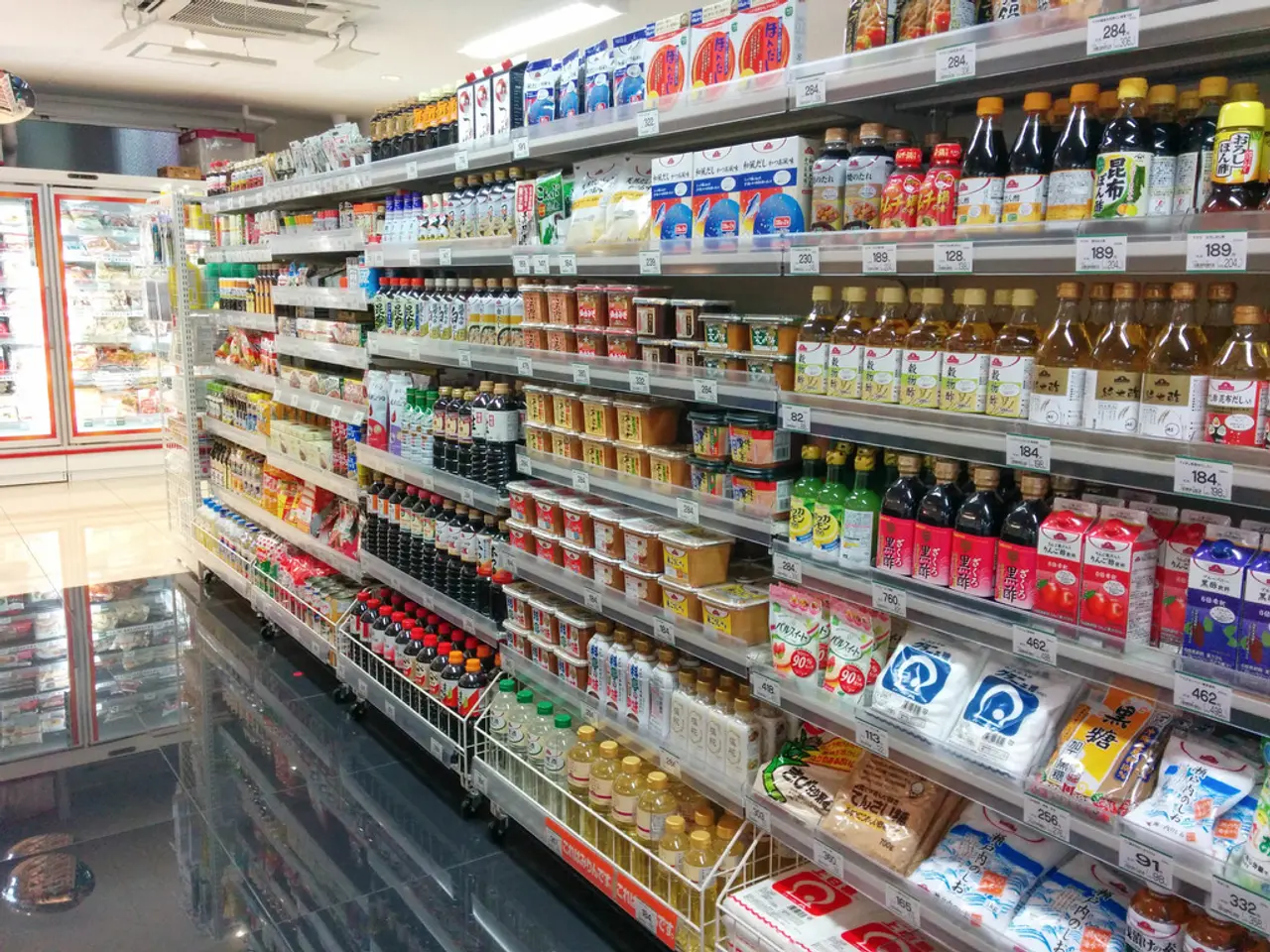Research Findings: Enhanced Streaming Packages Fuel Growth in Subscriber Base
Saving Bucks with Bundles: Why 2025 Consumers Can't Get Enough of Streaming Package Deals
Want to know what's hot in the world of entertainment in 2025? Look no further than the bundled streaming packages sweeping the nation! According to a groundbreaking study from Hub Entertainment Research, these enticing packages are enticing consumers who are feeling the financial pinch thanks to inflation and rising expenses.
These eye-catching bundles, often featuring cable TV packages complete with offerings like Disney+ and Max, provide a no-brainer option for budget-conscious consumers to streamline their entertainment expenses. New bundles allow consumers to purchase competing streaming services at a bargain price, for instance a Disney+, Hulu, Max bundle with ads for a mere $16.99[1].
The study emphasizes that consumers are actively seeking ways to monitor their spending, and this is evident in the decline of those with three or more major streaming services in 2025. A mere 52% of consumers reported having three of the "Big 7" SVODs (Netflix, Amazon Prime, Disney+, Hulu, Max, Peacock & Paramount+) in 2025 compared to the 61% reported last year. With a cornucopia of content available on each service and free options like YouTube and Tubi offering additional premium entertainment, the appeal of diving headfirst into paying for multiple premium services has waned[1].
But why these bundles are truly captivating the hearts and wallets of consumers is their combined simplicity and exceptional value. In the past, people might sign up for specific services to catch a specific show. This year, however, the allure of "package deals" is driving the popularity of Prime, Hulu (bundled with Disney+ now), and Max[1]. These bundles have the added bonus of streamlining and simplifying a potentially overwhelming process of managing and switching between various services[1][2]. Almost three-quarters of surveyed consumers found a service that manages and pays for multiple subscriptions in one place to be appealing, with approximately 24% indicating they would be ready to jump aboard[1][2].
A fascinating finding in the survey is that those who use aggregators, such as Amazon (with Amazon Prime Video Channels) and Roku (with the Roku Channel store), subscribe to nearly three more services than consumers who pay for services directly. The appeal of bundling across various platforms seems to go beyond the offering of lower prices, with the ability to discover and watch content from multiple services in a single, easy-to-manage platform being the primary draw[1][2].
"Bundles and aggregation are the most significant tactics that streaming platforms can employ to compete with powerhouses like Netflix or YouTube," asserts Jon Giegengack, principal at Hub. "However, it's crucial to remember that the appeal of bundling transcends just the allure of savings. The most captivating factor for consumers of aggregation services such as Amazon Channels is the convenience of being able to access and watch content from multiple platforms in one centralized location."
These findings are based on a survey of 1,600 US consumers ages 16-74 with broadband access, conducted by Hub in April 2025. Access a free excerpt of the survey's findings on Hub's website as part of the "Hub Reports" syndicated report series[1].
You go, bundle! 🥳🚀💼💰📺
- In 2025, the popularity of streaming package deals is driven by the financial benefits they offer, allowing budget-conscious consumers to save on their entertainment expenses.
- New streaming bundles, such as the one featuring Disney+, Hulu, and Max, provide a combined simplicity and exceptional value to consumers, making it less overwhelming to manage multiple services.
- The study highlights that using aggregators, like Amazon Prime Video Channels and Roku, enables consumers to access and watch content from multiple services in a single, easy-to-manage platform.
- According to Hub Entertainment Research, bundling across various platforms is a significant strategy for streaming platforms to compete with industry giants like Netflix and YouTube, with the primary appeal being convenience and access to content from multiple services in one centralized location.




